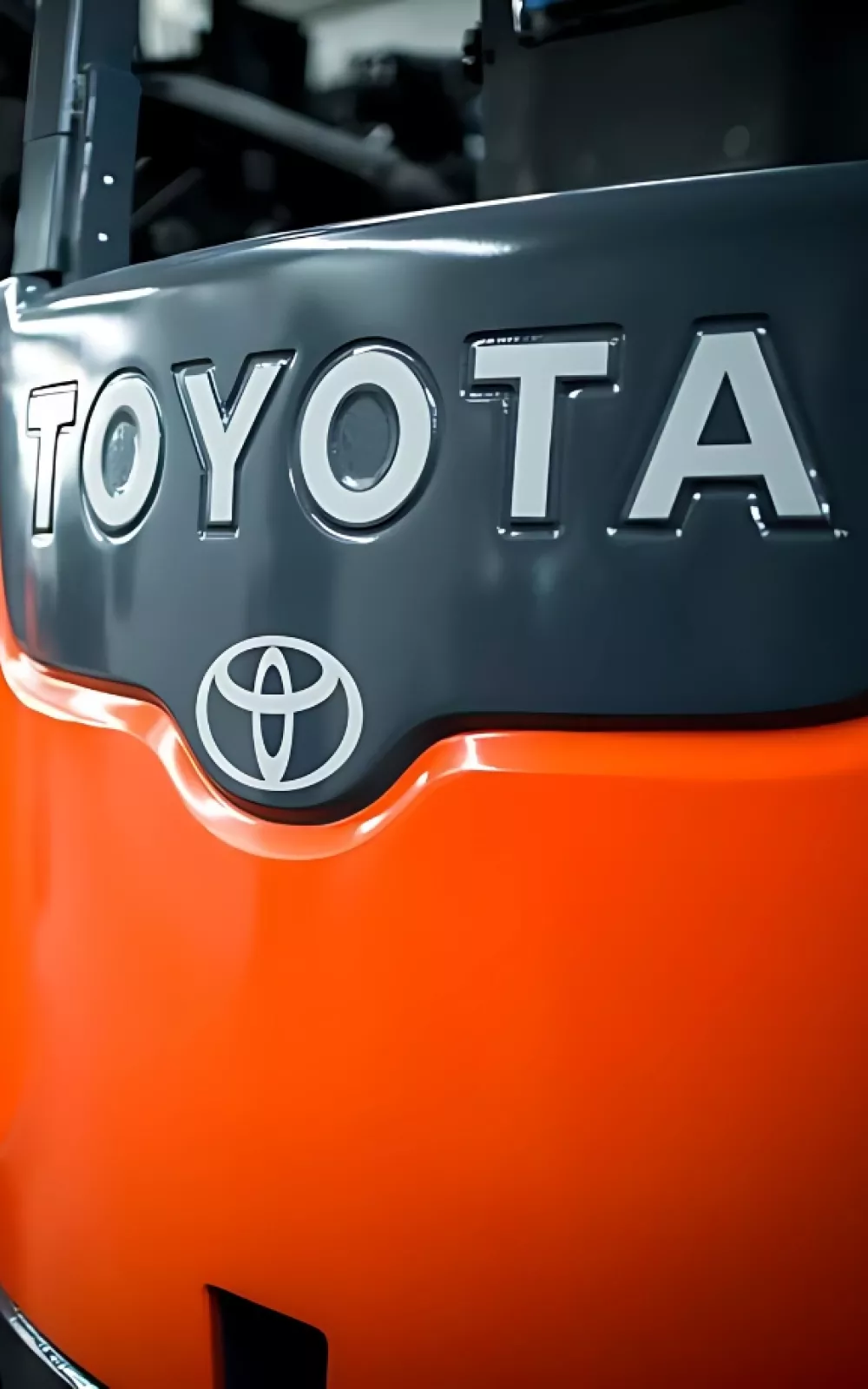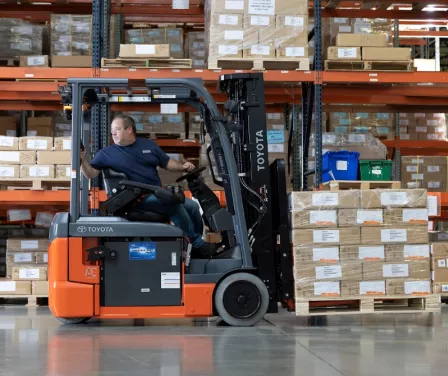Rent
ProLift offers daily, weekly, and monthly rentals. Find the right equipment for maximum productivity and safety.
Let us know how we can assist you! A ProLift specialist will connect with you to help with your material handling needs.

Overloading a forklift can lead to serious safety risks, including tip overs and damage to equipment. Learn how to identify and avoid overloading, the impact it has on forklift stability, and best practices for ensuring safe operation and compliance with capacity limits.

A common misconception is that if a forklift’s rear tires are on the ground, it can safely handle the load. However, this belief is debunked by tip over incidents. Understanding the basic design and balance principles of a counterbalance forklift is essential for enhancing operator safety and preventing accidents.
A forklift maneuvers, lifts, and places loads on various operating surfaces. To remain stable when lifting a load, the forklift requires significant counterweight to stay grounded. Additionally, when an operator brakes to position the load, the raised load contributes to tip over momentum, emphasizing the need for careful handling.
All counterbalance forklifts, regardless of manufacturer, are designed to carry up to 80% of the combined weight of the forklift and its load on the front axle when fully loaded.
For example, a 5,000 lb forklift with an unloaded weight of 9,000 lbs will weigh 14,000 lbs when carrying its maximum load. In this configuration, the front axle will bear approximately 11,200 lbs, while the rear axle will carry around 2,800 lbs—demonstrating the significant load distribution and balance required for safe operation.
Some operators have tried to add weight to a forklift by having a co-worker ride on the back, but achieving the necessary 20% counterweight would require at least 10 people. This practice not only fails to improve stability but also violates OSHA regulations and endangers lives.
Without 20% of the combined weight of the forklift and load on the rear axle, the risk of a tip over increases. This rear weight is crucial for safe steering, especially on wet or compromised surfaces, ensuring adequate tire-to-surface contact and stability.
ProLift offers safety training classes for forklifts, aerial lifts, skid steers, and other equipment. Our instructors review forklift load center and tip-overs.

Continue promoting safety at your facility with our comprehensive safety training classes. ProLift offers training for both operators and trainers. Contact our safety specialist to schedule your team.
As a full-service material handling dealer, ProLift can help you with questions and solutions for your equipment, service, parts and more. Tell us how we can help.

Let us know how we can assist you! A ProLift specialist will connect with you to help with your material handling needs.
